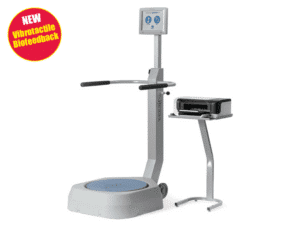Prevention of slips, trips and falls is important to enable older adults to maintain active, independent and healthy lifestyles.
Slips, trips and falls occur unexpectedly. According to the Centers for Disease Control and Prevention (CDC), every year, 1 out of 3 adults falls, resulting in severe disabilities. Unintentional fall injuries led to the death of about 20,400 older adults in 2009. Leading healthcare centers offer slip and fall prevention programs to help older adults maintain wellness and quality of life.
Specific Issues Caused By Slips and Falls
Injuries caused by falls lead to a sedentary lifestyle, impaired function, fear of falling, loss of confidence, and a lower quality of life. Here are some of the physical disabilities and medical conditions that an older adult can face due to a fall:
- Moderate to severe injuries – lacerations, hip fractures, or head traumas which limit mobility and affect the ability to lead an independent lifestyle. These injuries can also cause early death
- Traumatic brain injuries (TBI). According to CDC data, such injuries are responsible for most of the fatal falls among older adults
- Falls account for most fractures of the spine, hip, forearm, leg, ankle, pelvis, upper arm, and hand
The fear of falling among older people makes them limit their activities, which in turn, reduces their mobility, impairs physical fitness, and increases their risk of falling.
Slip/Fall Prevention Program
Preventive health services are important to help older adults lead a healthier and more active lifestyle. Leading healthcare centers offer effective fall risk assessment and conditioning programs for older people. A typical slip and fall prevention would include the following:
- Assessment of the candidate’s physical and functional abilities to identify the risk of falling
- Identifying the diverse factors that lead to risk
- Modifying the risk factors
- Measures to improve mobility and enhance independence
Enrollment in the program is based on a doctor’s referral which would take account of increased risk due to age, history, medication changes, muscle changes, degenerative joint disease, osteoporosis, and so on. The first step is the assessment. Both physical and environmental factors that put the participant at a risk of falling are identified. Physical factors relate to strength balance, walking speed and more, while environmental factors relate to hazards in the home environment that can cause a person to slip, trip or fall. The actual program begins with a thorough evaluation. The participant’s general health, blood pressure, heart rate, knee and ankle strength and balance are analyzed. Gait analysis is also performed. The results of the tests will help the physician determine the factors that put the participant at risk. If the factors are physical, in-clinic and home exercises are recommended. These exercises can improve
- Strength
- Balance
- Walking speed
- Step length
- Cardiovascular fitness
- Flexibility
Participants are also provided with guidance on eliminating the risk factors in the home environment which can cause them to fall. These may include poor lighting, unstable seating, unsteady handrails, objects in pathways, wet floors, and much more.
